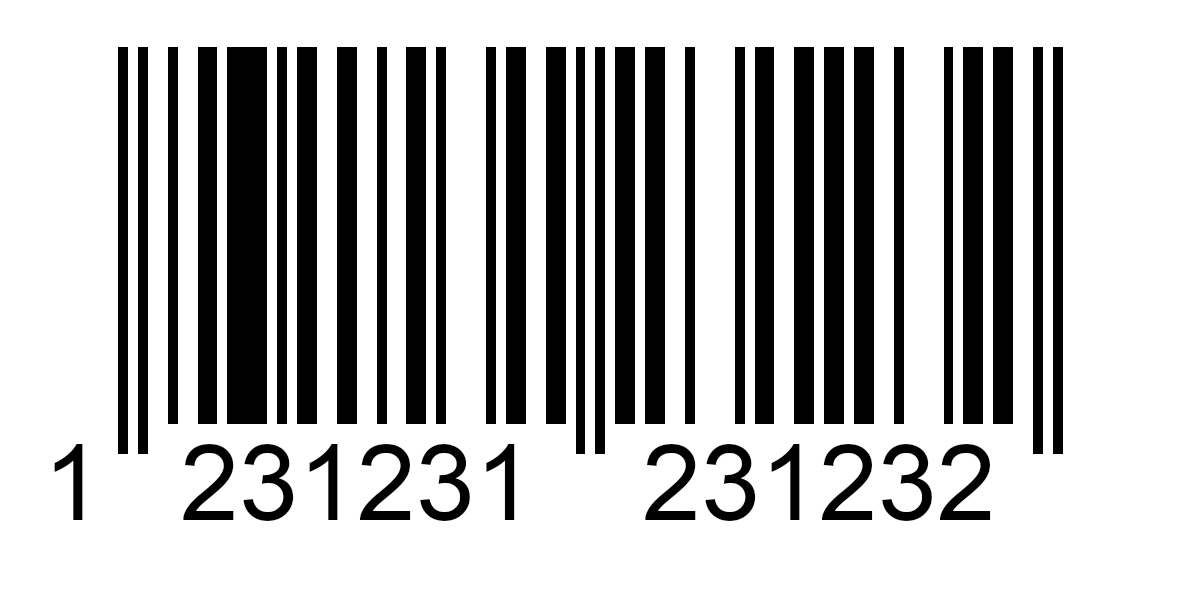In the intricate web of healthcare operations, precision and efficiency are paramount. EAN codes are critical for patient safety and inventory management in the healthcare sector. This article delves into the intricacies of EAN codes, their vital role in healthcare, and how they elevate patient safety and streamline inventory management processes.
Explanation of EAN Codes and their Structure
EAN (European Article Number) codes serve as unique identifiers for products, enabling accurate tracking and management throughout their lifecycle. Structurally, EAN codes consist of either 13 or 8 digits, each carrying specific information about the product and its origin.
Distinction between EAN-13 and EAN-8 Codes
EAN-13 codes are primarily used for retail products, providing detailed information such as manufacturer and product details. On the other hand, EAN-8 codes are condensed versions, suitable for smaller items with limited packaging space.
Historical Context and Adoption in Healthcare
Initially designed for retail, EAN codes found their way into the healthcare sector, offering a standardized method for identifying medications, medical devices, and other healthcare products.
Enhancing Patient Safety with EAN Codes
Enhancing patient safety with EAN codes is a critical aspect of modern healthcare management. By utilizing EAN codes to track and identify pharmaceuticals, healthcare facilities can significantly reduce the risk of medication errors and adverse drug events. Pharmacists and healthcare professionals can scan EAN codes to verify the authenticity and dosage of medications, ensuring that patients receive the correct treatment. Moreover, implementing EAN codes in patient identification processes enhances safety by accurately matching patients with their prescribed medications and treatments, minimizing the potential for medication mix-ups and administration errors. Overall, EAN codes play a pivotal role in safeguarding patient health and well-being throughout the healthcare journey.
Tracking and Identifying Pharmaceuticals using EAN Codes
EAN codes play a pivotal role in accurately identifying pharmaceuticals, reducing the risk of medication errors, and ensuring patient safety. By scanning EAN codes, healthcare professionals can verify drug authenticity and dosage, minimizing the potential for adverse drug reactions.
Implementing EAN Codes in Patient Identification
In addition to pharmaceuticals, EAN codes are instrumental in patient identification, enhancing safety by ensuring accurate matching of patients with their prescribed treatments. This reduces the likelihood of medication mix-ups and improves overall treatment outcomes.
Inventory Management in Healthcare with EAN Codes
Inventory management in healthcare with EAN codes revolutionizes supply chain operations and enhances efficiency in healthcare facilities. By integrating EAN codes into inventory systems, healthcare providers can streamline supply chain processes, optimize stock levels, and minimize waste. EAN codes enable real-time monitoring of inventory levels, facilitating timely replenishment and ensuring that essential supplies are always available when needed. Additionally, EAN codes facilitate automated inventory updates, reducing manual errors and improving overall accuracy in inventory tracking. This not only saves time and resources but also enhances patient care by ensuring that healthcare facilities are well-equipped to meet the needs of their patients. Overall, EAN codes play a crucial role in optimizing inventory management practices and enhancing operational efficiency in healthcare settings.
Streamlining Supply Chain Processes
EAN codes streamline supply chain operations in healthcare by facilitating efficient order processing and distribution management. By integrating EAN codes into inventory systems, healthcare facilities can optimize stock levels, minimize waste, and ensure timely replenishment of essential supplies.
Real-time Monitoring and Stock Control
The use of EAN codes enables real-time monitoring and control of inventory levels, providing healthcare facilities with accurate insights into stock availability and usage patterns. This data-driven approach enhances operational efficiency, reduces costs, and improves overall inventory management practices.
Challenges and Considerations
Challenges and considerations in implementing EAN codes in healthcare present hurdles that must be addressed to maximize their benefits. One significant challenge is the initial setup costs associated with integrating EAN code systems into existing infrastructure, which may pose financial constraints for healthcare facilities, particularly smaller ones. Additionally, interoperability issues and compatibility with existing systems can complicate implementation efforts, requiring careful planning and coordination among stakeholders. Moreover, addressing security and privacy concerns surrounding the use of EAN codes is paramount to safeguarding patient information and maintaining regulatory compliance. Finally, comprehensive training and education programs are essential to ensure that healthcare professionals understand how to effectively utilize EAN code systems and mitigate potential errors. By addressing these challenges proactively, healthcare organizations can successfully implement EAN codes and harness their full potential to enhance patient safety and improve inventory management practices.
Future Trends and Innovations
Future trends and innovations in the realm of EAN codes hold immense promise for revolutionizing healthcare management practices. Emerging technologies such as RFID (Radio-Frequency Identification) and IoT (Internet of Things) are poised to enhance the capabilities of EAN code systems, enabling more robust tracking and monitoring of healthcare products and supplies. These advancements will usher in an era of real-time data insights and predictive analytics, empowering healthcare facilities to make informed decisions and optimize resource allocation. Additionally, advancements in data analytics and artificial intelligence (AI) will enable healthcare providers to extract actionable insights from EAN code data, driving improvements in patient care, inventory management, and supply chain efficiency. Moreover, interoperable systems and standards will facilitate seamless integration of EAN code systems across healthcare networks, promoting collaboration and data sharing for improved patient outcomes. Overall, the future of EAN codes in healthcare is bright, with continued innovation poised to drive transformative changes in healthcare delivery and management practices.
Conclusion
In conclusion, EAN codes are indispensable tools in modern healthcare, driving improvements in patient safety and inventory management practices. By harnessing the power of EAN codes, healthcare facilities can enhance medication safety, streamline supply chain operations, and optimize inventory control processes. As the healthcare landscape continues to evolve, embracing EAN codes will be key to delivering high-quality, patient-centered care.
FAQs:
Ques – How do EAN-13 and EAN-8 codes differ, and when should each be used?
Ans – EAN-13 codes are suitable for retail products with ample packaging space, providing detailed information. In contrast, EAN-8 codes are compact and ideal for smaller items where space is limited.
Ques – Can EAN codes be used for tracking medical devices as well?
Ans – Yes, EAN codes are versatile identifiers and can be applied to track various healthcare products, including medical devices, equipment, and supplies.
Ques – How can EAN codes contribute to reducing medication errors in healthcare?
Ans – EAN codes enable accurate identification and verification of medications, reducing the risk of errors such as dispensing the wrong drug or dosage.
Ques – Can EAN codes be applied to track medical equipment within a hospital setting?
Ans – Absolutely, EAN codes are effective for tracking medical equipment, enabling healthcare facilities to monitor usage, maintenance schedules, and asset locations.
Ques – How can EAN codes improve the accuracy of inventory tracking in healthcare?
Ans – By providing unique identifiers for products, EAN codes facilitate precise inventory tracking, reducing errors and ensuring efficient stock management.
Ques – What role do EAN codes play in minimizing waste in healthcare inventory?
Ans – EAN codes enable healthcare facilities to monitor inventory levels in real-time, preventing overstocking or shortages that could lead to wastage and inefficiencies.
Ques – How can small healthcare facilities with limited resources benefit from EAN code adoption?
Ans – Even small healthcare facilities can benefit from EAN code adoption by leveraging cost-effective solutions and collaborating with vendors and partners to streamline processes and enhance patient care.
Ques – What innovations are on the horizon regarding the use of EAN codes in healthcare?
Ans – Future innovations in EAN code technology include advancements in data analytics, AI-driven insights, and interoperable systems, further enhancing their utility and impact on healthcare operations.







